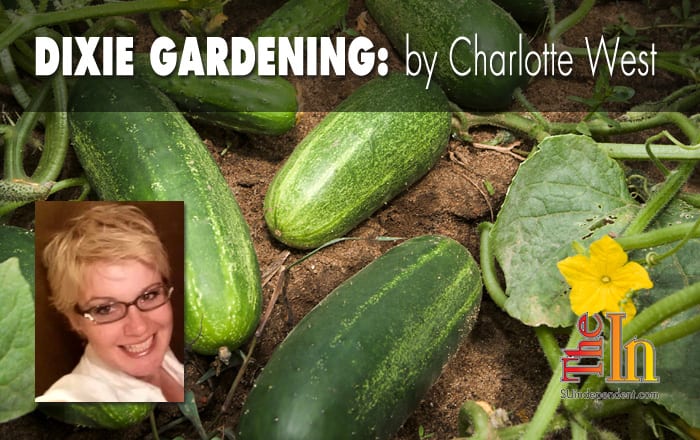 Written by Charlotte West
Written by Charlotte WestCucumbers come in so many varieties. There are small, sliceable pickling cucumbers and round, yellow, mild-flavored lemon cucumbers. There are Asian varieties as well as Armenian cucumbers and English greenhouse cucumbers.
Vining cucumbers usually need at least 25 feet of room, but you can use a fence or a trellis to help conserve space. Bush cucumbers grow on compact vines that take up less space in a garden. What all varieties need is plenty of sun and regular watering. The soil must be plenty warm in order for the seeds to germinate.
When planting seeds, do so in a sunny space one or two weeks after the last frost. Plant them one inch deep and one to three feet apart.
It is key to pick cucumbers at the correct time. Pickling cucumbers, for example, should be picked as soon as they have reached the proper size: tiny for the sweet pickles, and larger for dills or pickle slices. They can grow too large very quickly. Vining types should be harvested while young to help promote continuous production.
Slugs, snails, and cucumber beetles can be problematic pests. In last week’s article, I discussed how to control slugs and snails. For the cucumber beetle, however, it will help if you rotate where you plant cucumbers each year, and if you have a long growing season, you can hold off on planting your cucumbers a little later in the season, giving you a better chance to avoid the beetle’s life cycle. Planting catnip or tansy among cucumbers will help them fare better, and a strong washing will help clean off the beetles.
If you have misshapen fruits, it could be a sign of poor pollination or uneven watering. If you have bitter fruit, it’s usually is a sign of uneven irrigation.
With a watchful eye over your cucumbers, you can have a productive cucumber crop and enjoy wonderful homemade pickles. Good luck, and happy pickling.
Subscribe for FREE to get our weekly Sunday Edition email, just signup in the NEWSLETTER box on the right –>




